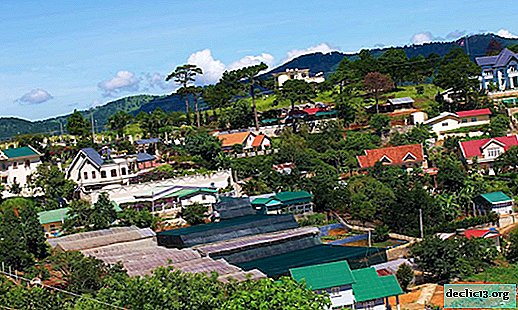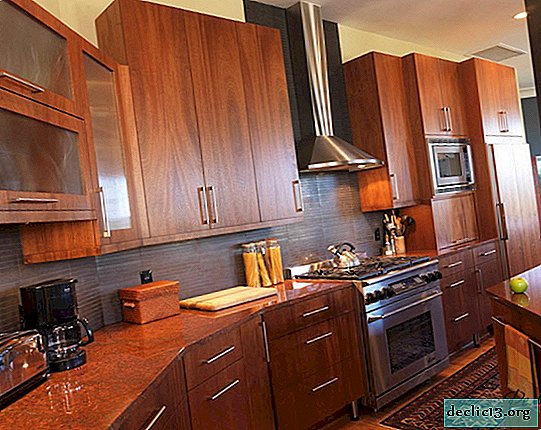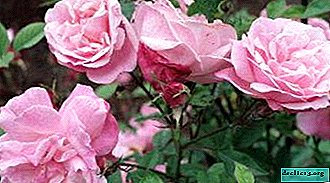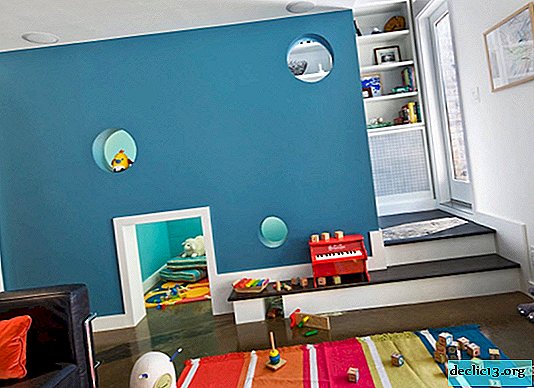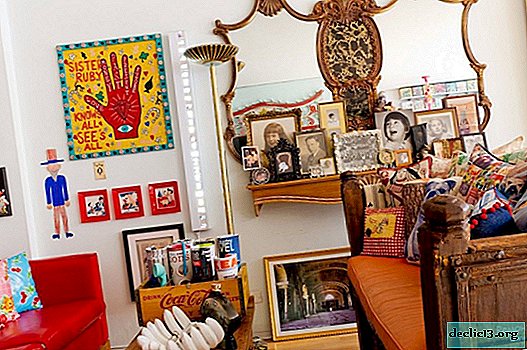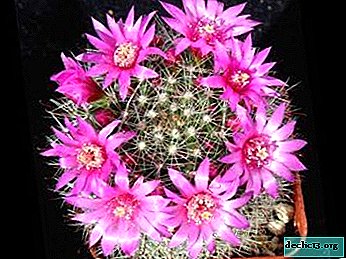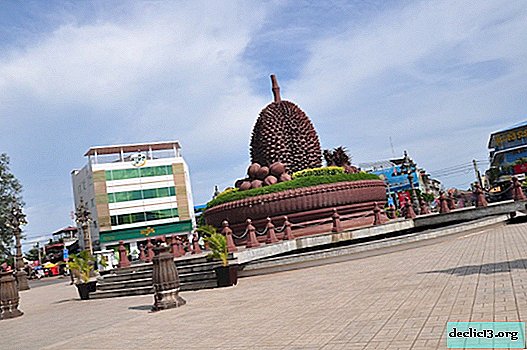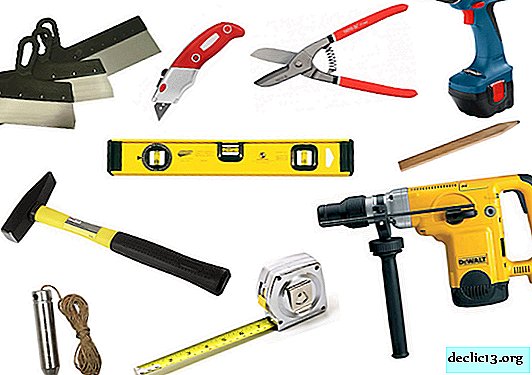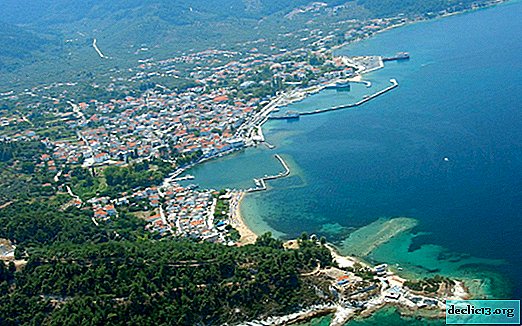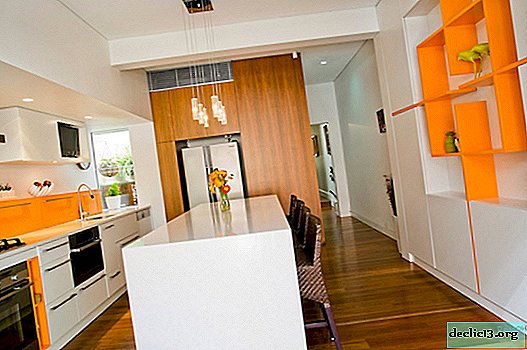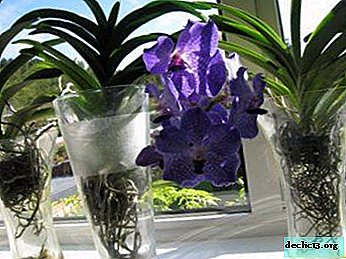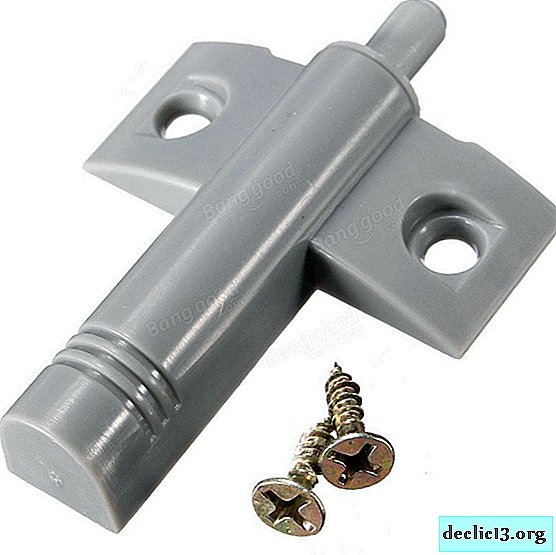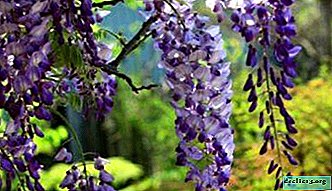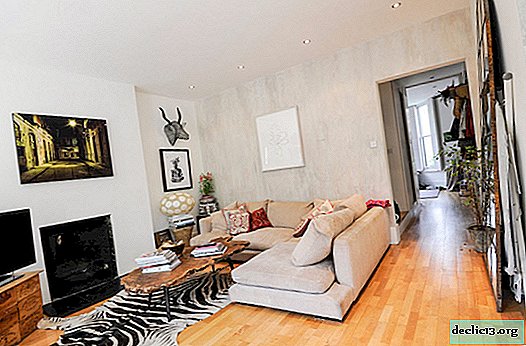When to plant petunias, how to choose the soil and what care does the plant require?
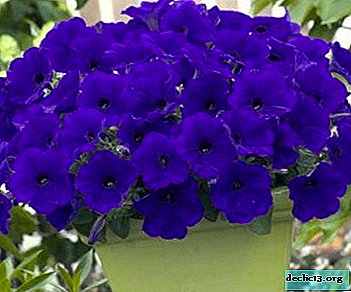
Growing petunias is quite simple. The plant looks impressive both independently and in combination with other flowers.
It is a shrub with flowers of various colors, both simple and complex.
Primary colors: white, pink, purple, raspberry, red. The shapes of the bushes (ampelous, bush, cascading) also differ.
How and when to plant this flower, what rules to follow - we will talk about this in the article.
Process features
Although petunia is unpretentious, there are still some subtleties of growing, planting and caring for her. Key moments when landing:
- Soil selection and preparation (mechanical, chemical, organic composition of the soil, disinfection).
- Seed selection (when buying, it is better to absorb more expensive and high-quality seeds).
- Correct and timely sowing (the best way is to see the time of sowing on the package with seeds, a lot depends on the variety).
- Conditions for growing seedlings (air temperature, capacity, material for sheltering seedlings).
- Watering (abundance, water quality, frequency,).
- Top dressing (how to feed and how often).
- Landing (dates, weather conditions, location, soil and pot requirements).
What you need for landing:
- Pot with holes.
- Priming.
- Drainage material (expanded clay, wood bark, pebbles, small pebbles, etc.).
- Sprayer with warm, settled water.
- Material for shelter (preferably breathable).
- Seeds
When to plant?
 Usually this flower is planted for permanent residence (in soil or pots) around mid-June. And that means that seedlings need to be sown around late February - early March. About 12-13 weeks are required in order for the seedlings to grow, grow stronger, gain strength. Some gardeners expect the first flowers to appear.
Usually this flower is planted for permanent residence (in soil or pots) around mid-June. And that means that seedlings need to be sown around late February - early March. About 12-13 weeks are required in order for the seedlings to grow, grow stronger, gain strength. Some gardeners expect the first flowers to appear.
If there is a desire to plant earlier, then seedlings should be planted also earlier. Around the end of January and beginning of February. Then the landing will take place in mid-May - early June.
What petunia loves:
- Loamy soil.
- Fertilizers (complex and mineral).
- Heat and light.
- Direct sunlight.
- Loose, breathing soil.
- Moisture.
- Plenty of space (so that the bush is lush and large).
Landing for permanent residence:
- The landing date is mid-May - mid-June.
- Mandatory two-week hardening of seedlings before planting.
- Before planting, it is advisable to spray the seedlings with a special composition for adaptation.
- It is advisable to introduce into the soil: potassium sulfate, double superphosphate, ash.
- You need to land when the weather is cloudy, for better adaptation.
- In order not to damage the roots on the bush, you need to leave a lump of earth.
- The size of the pit for planting is -10 cm in depth and 10 cm in width.
- After planting, the plant must be watered.
- In order to protect young roots, it is advisable to mulch the soil after planting.
Now you know when to plant a plant.
Choose soil and pot
Pot:
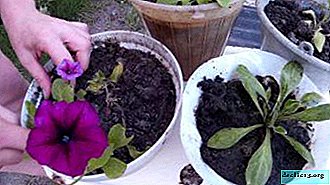 It should be pretty big. The pot volume can be calculated as follows: for each bush petunia flower, 3 liters of soil are required and, accordingly, a 3-liter pot or container for one bush. If the petunia is ampelous, then 5 liters of soil is required for one bush. Some varieties require up to 15 liters. land on one bush.
It should be pretty big. The pot volume can be calculated as follows: for each bush petunia flower, 3 liters of soil are required and, accordingly, a 3-liter pot or container for one bush. If the petunia is ampelous, then 5 liters of soil is required for one bush. Some varieties require up to 15 liters. land on one bush.- The pot must have holes at the bottom, so that excess water can drain during irrigation. And also to ensure root respiration.
Soil for landing:
- The easiest option is to buy soil in the store. It can be a universal substrate or land for petunias. You can also cook it yourself. The main thing is acidity. The soil for petunias should be slightly acidic (pH 5.5-6.5) or neutral (pH 7).
- You can buy soil on a peat basis. Add sand, biohumus, baking powder to it.
And if you choose the soil for seedlings? Soil for seedlings is slightly different from soil for adult plants.
- It should be half the amount of minerals.
- It should contain sand (proportion: 1 part sand; 6 parts earth).
- It must be disinfected. To do this, it can be shed with a special composition or a dark pink solution of potassium permanganate.
Disinfecting the soil in the oven is not advisable. Since almost all useful microorganisms die in it.
Landing Methods
Samosev
If petunia grows self-seeding, while blooming and feeling good, this is a sign that this place is completely suitable for it. In this case, the task of the grower is greatly facilitated. There is no need to look for a place for planting petunias, mess with seedlings, etc. The plant itself has chosen a place, sown, and grown.
The only thing required is care. It includes:
- Thinning.
- Watering.
- Top dressing.
- Loosening the soil.
If desired, such a petunia can be transplanted into pots, planters or containers.
Seeds
The seedless method, that is, sowing seeds directly into open ground or a container. How to plant:
 Prepare the soil as well as for planting seedlings, slightly moisten it. The soil must be fertilized and disinfected.
Prepare the soil as well as for planting seedlings, slightly moisten it. The soil must be fertilized and disinfected.- Make neat grooves with a depth of about 1 cm.
- Sow the seeds, evenly distributing along the groove.
- Spray the crop with warm water from the spray gun.
- Cover with covering material.
- Daily spray the seed with water from a spray bottle.
- Check soil condition daily. It should not be too wet or too dry.
- The first shoots appear in 7-14 days.
- After the appearance of 3-4 leaves, young bushes should be planted at a distance of 25-30 cm from each other.
- After two weeks, you can start feeding.
- Prior to flowering, nitrogen fertilizers should be preferred. After - feed potassium-phosphorus compounds.
- Every 5-7 days, adult petunia should be fed with complex fertilizers, as well as preparations containing trace elements.
Seedlings
How to plant:
- Preparation of soil and containers for seedlings. The soil for seedlings should be fertilized, loose, contain minerals and sand in a ratio of 1: 6. It is advisable to disinfect the soil.
- Sowing seeds for seedlings.
- Spraying the seeded seeds with spray water.
- Dug seedlings with covering material.
- Spraying seedlings should be daily, and daily check the condition of the soil.
- After the appearance of the third leaf, seedlings need to be dived. And planted in separate containers.
- Now you need to wait until 4-5 real sheets appear. Then the bushes of petunias can be planted for permanent residence (in pots or soil).
Read more about the features of growing petunia from seeds at home here, and from this article you will learn how to get planting material yourself.
Now you know how and when to plant a flower like petunia.
Possible problems
Yellowness
If the seedlings turn yellow from above - this is a sign of a lack of iron (chlorosis). Perhaps young plants do not absorb this trace element. The second reason is the alkaline composition of the soil. In this case, only a transplant can correct the situation. If the cause is iron deficiency, then plants should be fed with drugs such as Ferovit or Iron Chilate. If the leaves are yellowed from below, perhaps the plants are too flooded or it lacks nitrogen in the soil. In this case, irrigation should be adjusted, and fertilizer containing nitrogen should also be applied.
The plant is pulled
 If seedlings stretch, become pale, become long - this is a sign of a lack of lighting. In order to rectify the situation:
If seedlings stretch, become pale, become long - this is a sign of a lack of lighting. In order to rectify the situation:
- pinch the top;
- add soil to deepen the stem;
- provide additional illumination.
In this case, the air temperature should not be higher than +25 degrees. Too high a room temperature can also have a similar effect.
Soil does not fit
Petunia is slowly growing, does not want to bloom or is sick? Perhaps the soil is not suitable for her. The soil may be: too acidic or too alkaline, non-hygroscopic (does not absorb water well), very dense. All this can lead to rotting of the roots. In this case, the plant should be transplanted into a more suitable soil to avoid illness or death of petunias.
Further care
- Water the petunia should be daily, preferably in the evening. Watering should be moderate but regular.
- Care must be taken to monitor soil moisture.
- The soil should be loose.
- Top dressing. Before flowering - nitrogen fertilizers, after flowering - potassium-phosphorus. In addition, you can feed wood ash and iron preparations (prevention of chlorosis).
- The first dressing can begin 2 weeks after the plant is transplanted to a permanent place of residence.
- Trimming and bush formation. Be sure to prune wilted flowers and leaves. This will contribute to the formation of new fresh buds, as well as prolong the flowering of petunias. And also, a beautiful bush will be formed.
What is the outcome? The most important conditions for a healthy and lush petunia are: suitable soil, proper lighting, proper top dressing, moderate but regular watering. Follow these simple rules and get the result!
Interesting video
Watch a video about planting petunias:

 It should be pretty big. The pot volume can be calculated as follows: for each bush petunia flower, 3 liters of soil are required and, accordingly, a 3-liter pot or container for one bush. If the petunia is ampelous, then 5 liters of soil is required for one bush. Some varieties require up to 15 liters. land on one bush.
It should be pretty big. The pot volume can be calculated as follows: for each bush petunia flower, 3 liters of soil are required and, accordingly, a 3-liter pot or container for one bush. If the petunia is ampelous, then 5 liters of soil is required for one bush. Some varieties require up to 15 liters. land on one bush. Prepare the soil as well as for planting seedlings, slightly moisten it. The soil must be fertilized and disinfected.
Prepare the soil as well as for planting seedlings, slightly moisten it. The soil must be fertilized and disinfected.